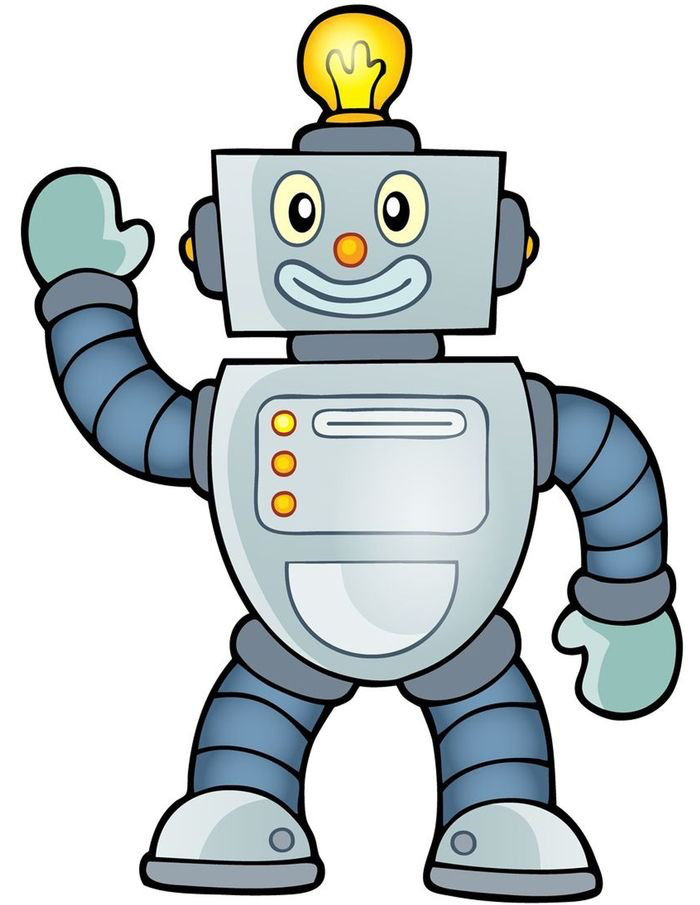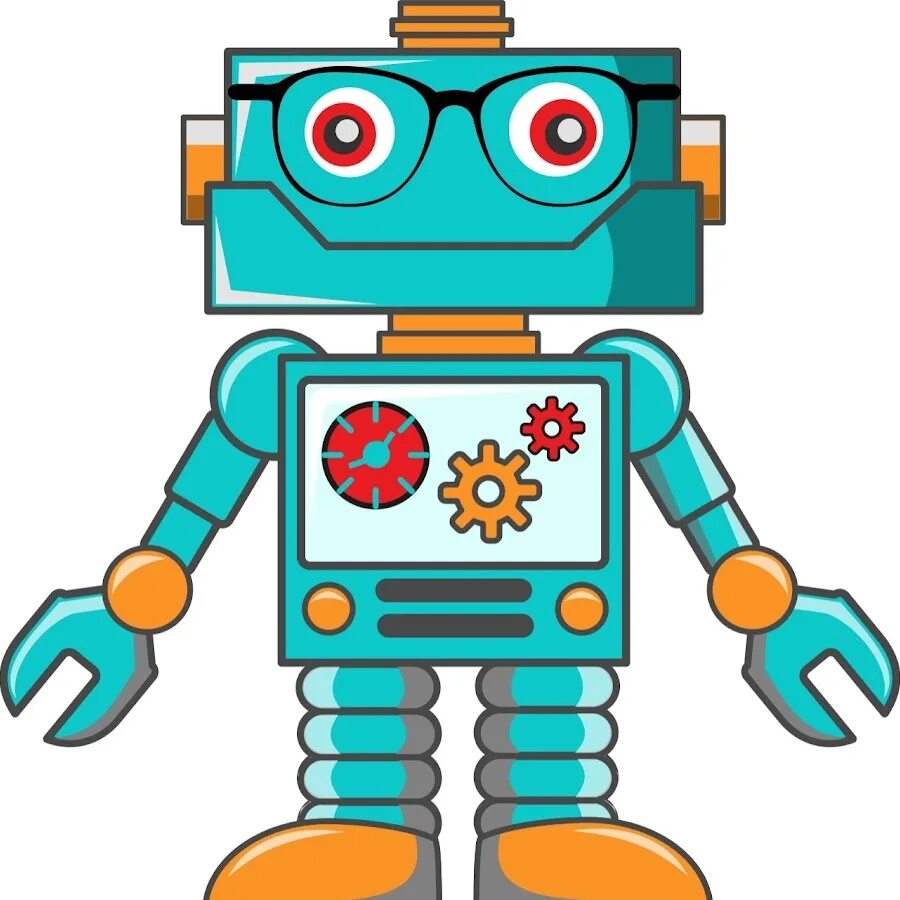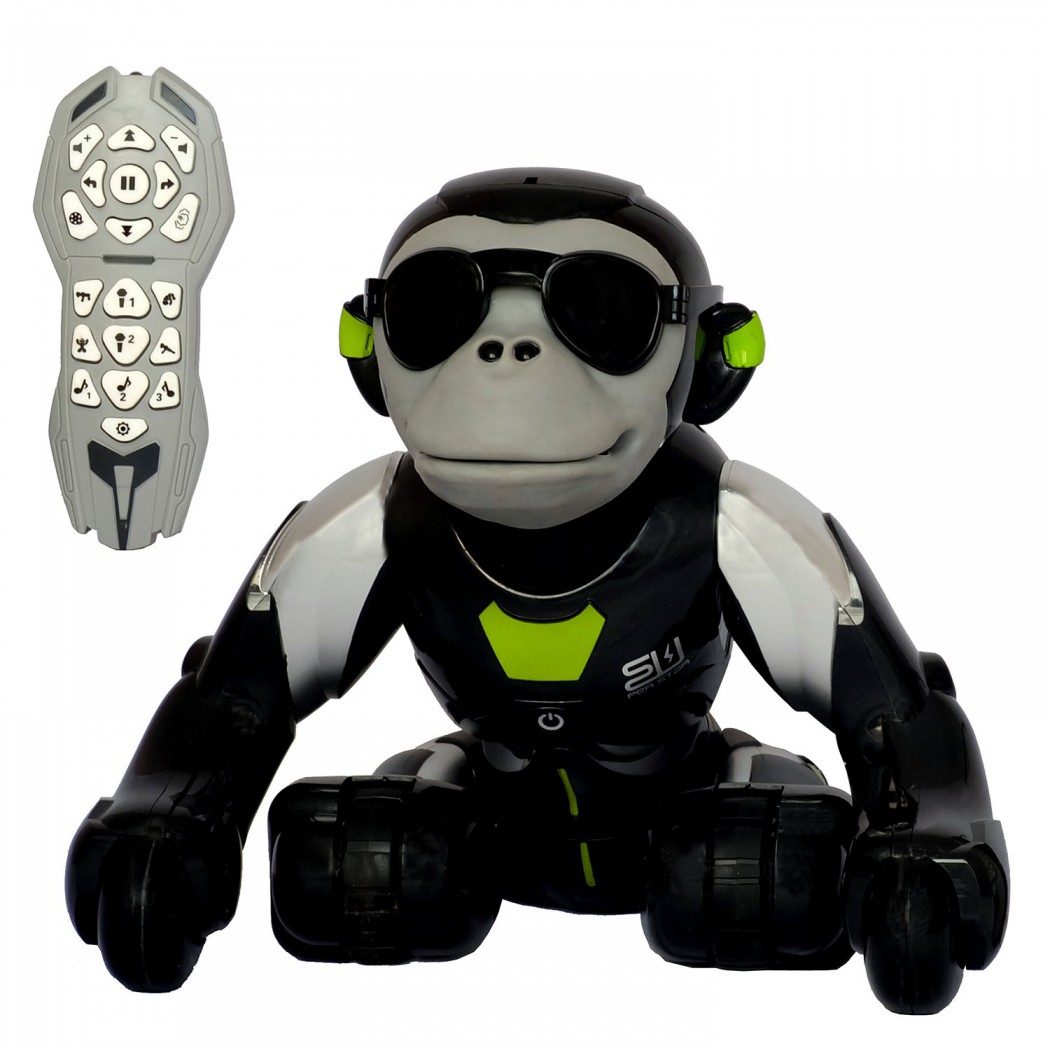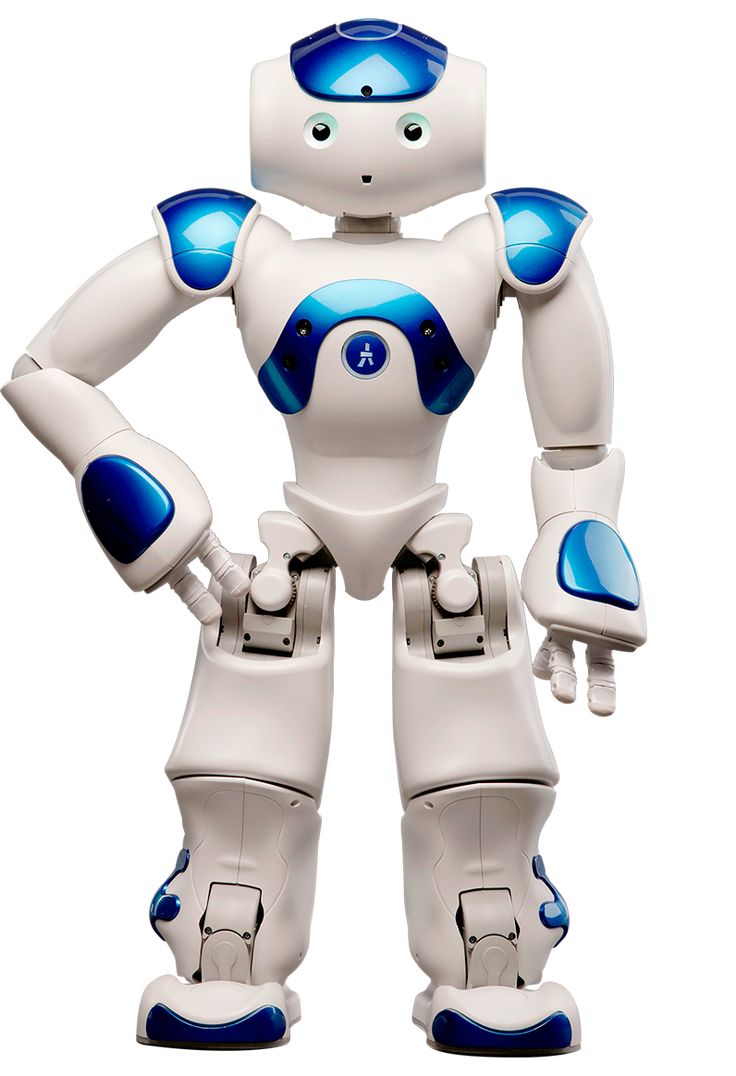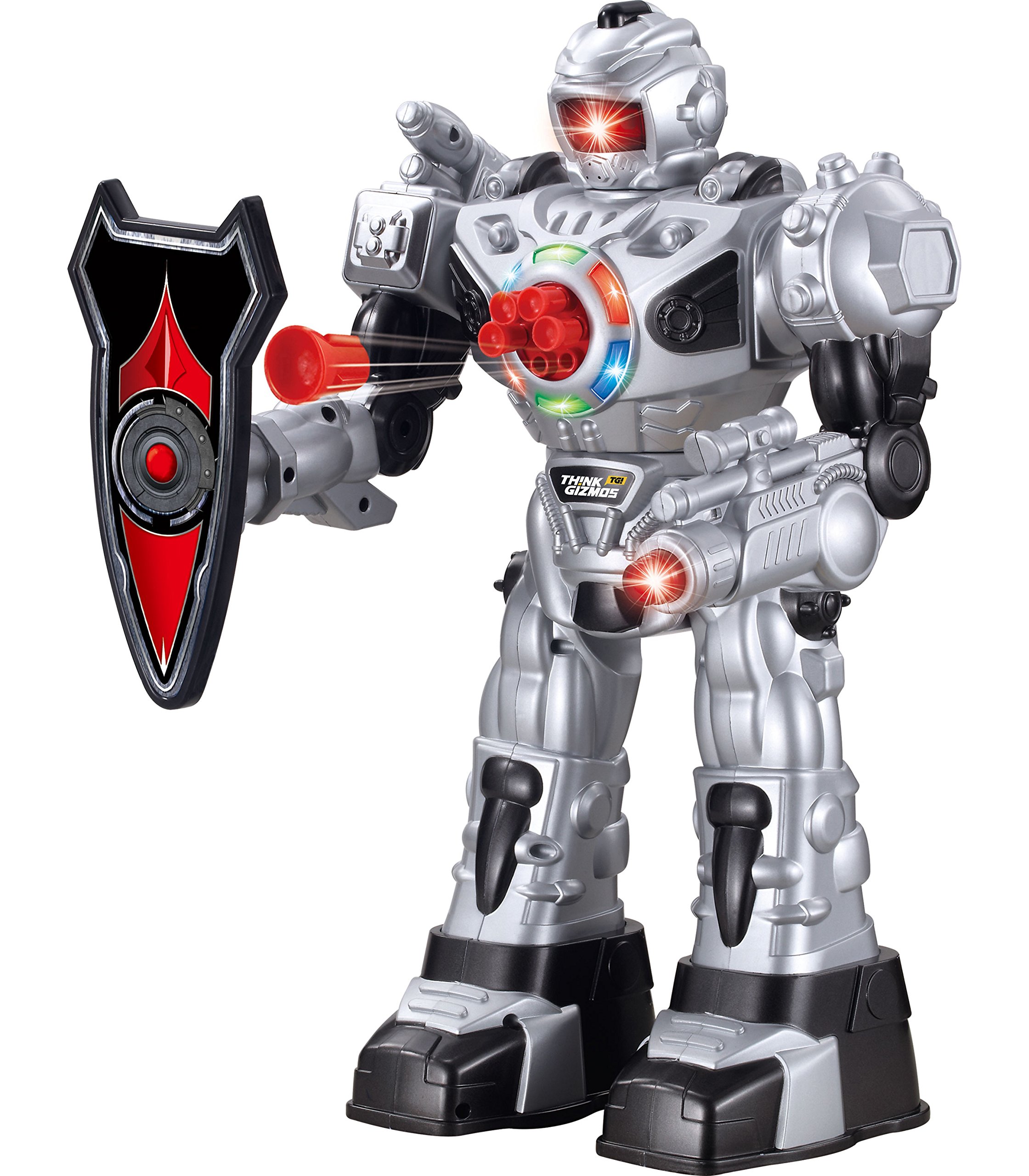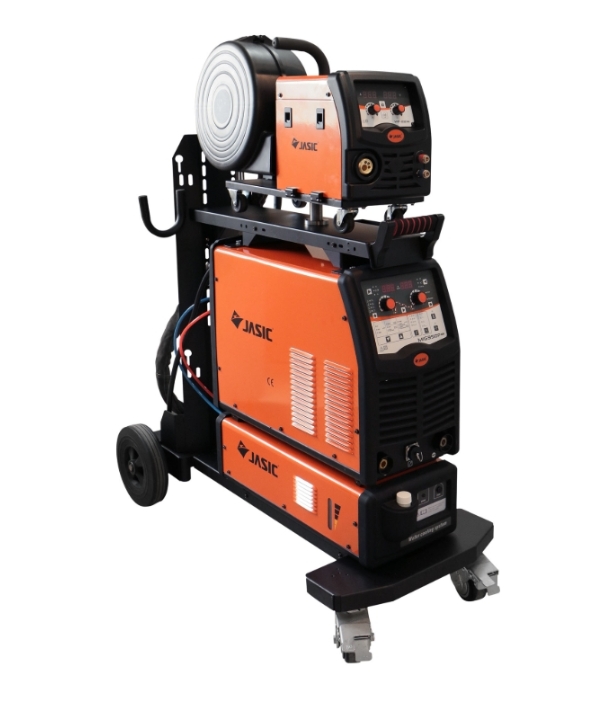Researchers at Northeastern University's Silicon Synapse Lab have achieved a remarkable breakthrough in robotics, introducing a snake-inspired robot capable of simultaneously moving and manipulating objects. This innovative approach, implemented on the COBRA robotic platform, could pave the way for a new generation of versatile robots able to access and operate in environments inaccessible to conventional wheeled or legged robots.
Snake-like robots have long been recognized for their unique advantages, including the ability to adapt their body shape, enter narrow spaces, and navigate challenging terrains. However, most existing snake robots lack the capability to pick up and manipulate objects, significantly limiting their real-world applications and preventing them from completing tasks that require advanced interactions with their surroundings.
The research team, led by Professor Alireza Ramezani, has overcome this limitation by developing a novel approach that allows the COBRA robot to seamlessly combine locomotion and manipulation. This groundbreaking achievement, detailed in a paper pre-published on arXiv, was the result of a collaboration with a group of Northeastern University students who originally developed the COBRA platform as part of the BIG Idea Competitions.
"We've been developing the snake robot COBRA for almost three years," said Adarsh Salagame, a Ph.D. student at Northeastern University and a member of the research team. "This project started out as a means of exploring alternative locomotion capabilities. Differently from standard wheeled or legged robots, snake robots typically exhibit versatile locomotion capabilities, as they can really morph into different shapes and one can control what parts of the body are in contact with the ground."
By successfully enabling the COBRA robot to morph into different shapes, the researchers were able to broaden its locomotion skills, demonstrating five distinct locomotion styles. Subsequently, they focused on enhancing the robot's object manipulation capabilities, leading to the development of their loco-manipulation approach.
"To make the COBRA robot even more functional and versatile, expanding its applications to areas beyond those tackled by traditional robots, we came upon this idea of object loco-manipulation, which entails locomotion and manipulation together," Salagame explained. "That's what we achieved with COBRA."
The COBRA robot is equipped with a gripper mechanism integrated into its head, initially designed to assist the robot during a specific locomotion mode known as tumbling. However, the researchers repurposed this gripper to latch onto and manipulate objects, enabling the robot to pick up and move boxes to different locations while navigating confined spaces, slopes, and areas inaccessible to standard robots.
To realize their loco-manipulation approach, the researchers developed an optimization-based planner that considers ground reaction forces to plan both the robot's movements and object manipulation strategies. Through extensive testing, they demonstrated the feasibility of this approach, paving the way for further advancements in snake-inspired robotics.
"We first tested this approach by studying open-loop behavior on the real robot," Salagame said. "The next step will be to implement this closed-loop in simulation and then eventually on the real robot. But what this study showed us is that our approach is feasible. The task we are tackling is not trivial, as when you have such a large number of contacts with the ground, you have a lot of slippage and compliance in the joints, which leads to many errors."
Looking ahead, the research team plans to further test their approach on more versatile loco-manipulation tasks, incorporating additional sensors and exploring autonomous capabilities. "We are adding a sensor suite on board of COBRA with a camera and an IMU, and we want to tackle more autonomous locomotion tasks using the robot's sidewinding movements," Salagame added. "This is an exciting new aspect that has rarely been observed in robots. Using that morphing capability to change the inertia properties of the robot and change the direction of tumbling."
The researchers also aim to integrate closed-loop object manipulation, allowing the robot to identify boxes, pick them up, and move them to different locations, potentially tackling complex tasks that involve high-level planning.
As the field of robotics continues to push boundaries, the groundbreaking work of the Northeastern University team showcases the immense potential of bio-inspired design. By drawing inspiration from nature's ingenious solutions, researchers are unlocking new frontiers in robotics, paving the way for machines that can navigate and interact with their environments in ways previously unimaginable.


